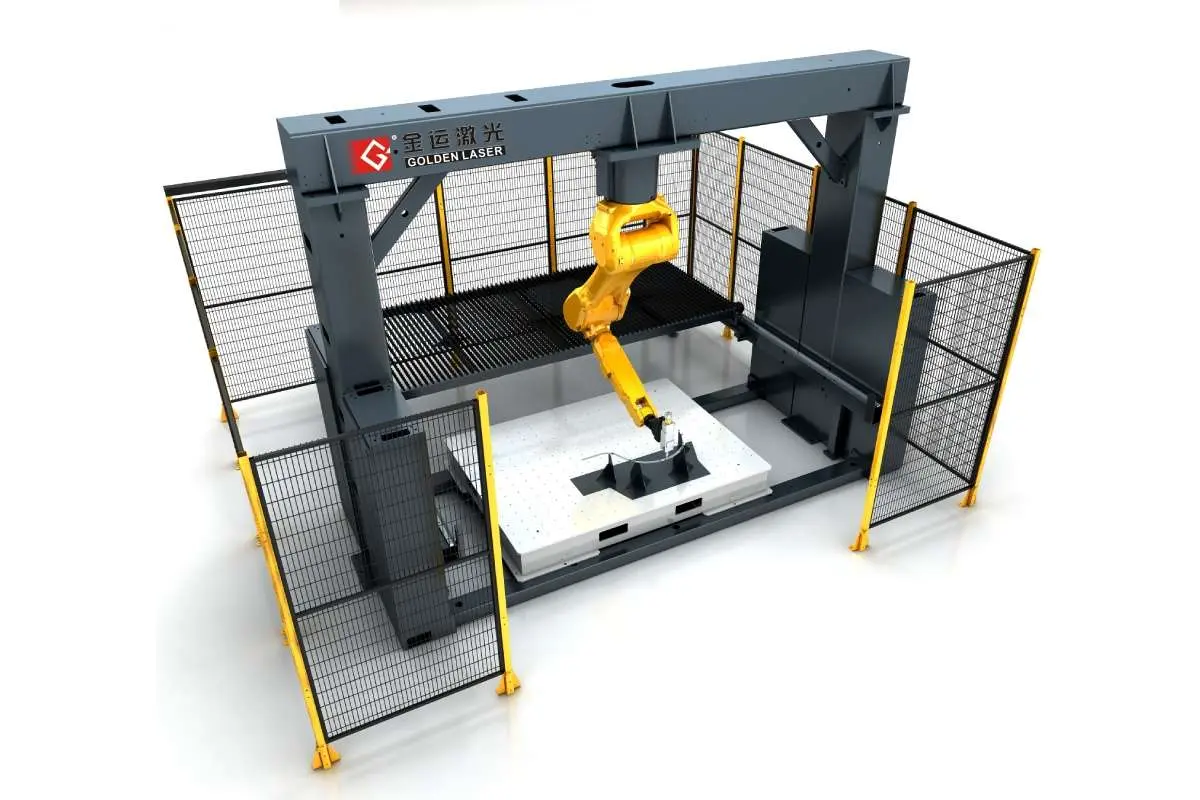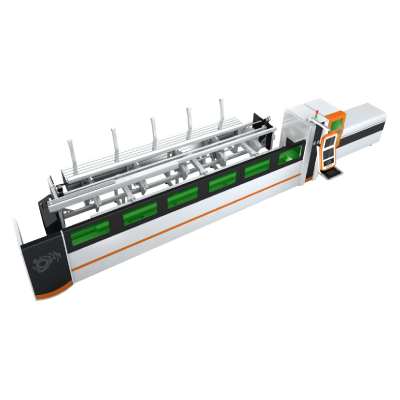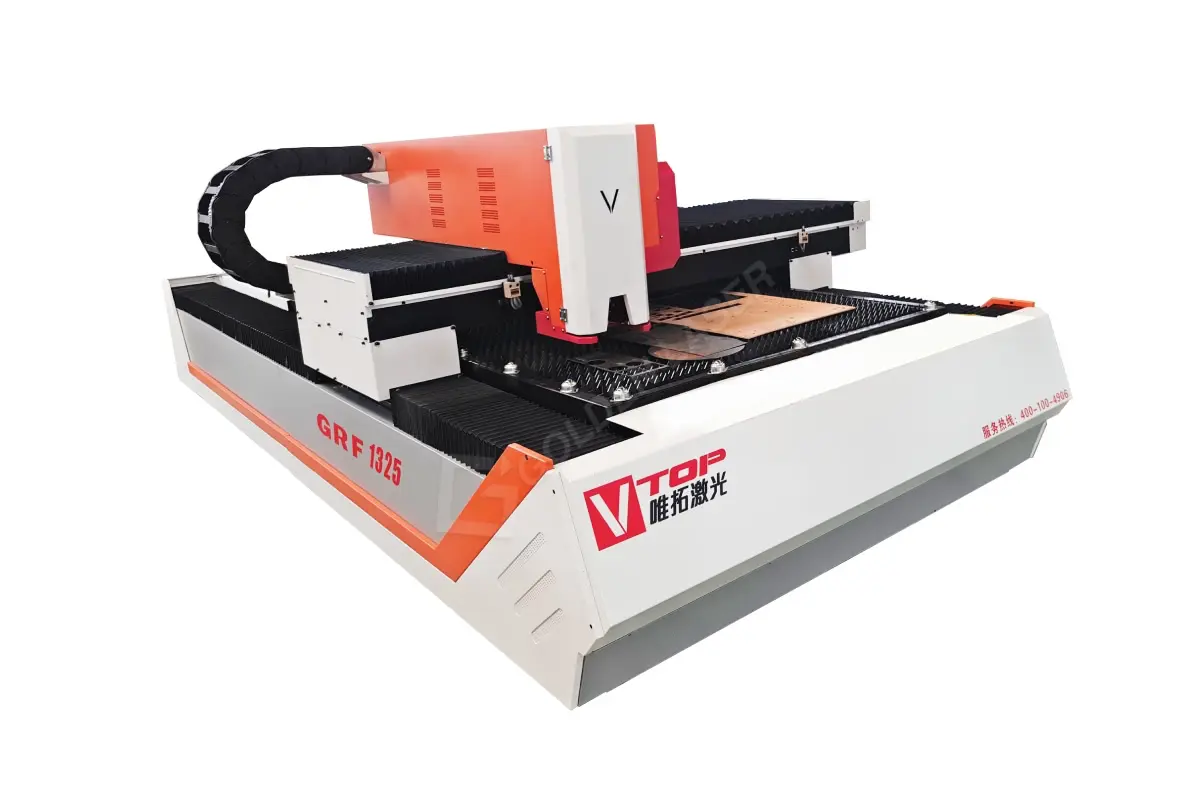In recent years, the manufacturing sector has undergone a significant transformation driven by technological advancements. One of the most noteworthy innovations in this realm is the cut metal fiber laser system, which has revolutionized how industries approach metal cutting and fabrication. This technology offers unparalleled precision, speed, and versatility, making it an invaluable asset in various applications, from automotive to aerospace and beyond.

Exploring the Benefits and Applications of Cut Metal Fiber Laser Technology in Modern Manufacturing Processes

Exploring the Benefits and Applications of Cut Metal Fiber Laser Technology in Modern Manufacturing Processes

Exploring the Benefits and Applications of Cut Metal Fiber Laser Technology in Modern Manufacturing Processes
The cut metal fiber laser system operates using a high-powered beam of light focused through a series of lenses. This concentrated beam is capable of cutting through various types of metals with remarkable accuracy and minimal material waste. Unlike traditional cutting methods, which can employ saws or plasma torches, fiber lasers provide cleaner cuts and are less likely to deform the material. Their precision allows for intricate designs, which are particularly beneficial in industries that require intricate components, such as aerospace and electronics.
One of the primary advantages of using a cut metal fiber laser system is speed. Fiber lasers can achieve cutting speeds up to five times faster than traditional methods. This efficiency translates to lower operating costs for manufacturers, as they can produce more parts in less time without compromising quality. As competition in the manufacturing sector intensifies, the ability to deliver products faster can provide companies with a significant edge in the market.
Furthermore, cut metal fiber lasers boast reduced maintenance requirements compared to traditional cutting tools. They have fewer moving parts, which minimizes wear and tear. This longevity means manufacturers can operate these systems with less downtime, resulting in increased productivity. The solid-state nature of fiber lasers also contributes to their reliability, decreasing the likelihood of unexpected breakdowns and reducing the need for frequent replacements of components.
The versatility of cut metal fiber lasers is another highlight of their application. They can cut through various metals, including steel, aluminum, brass, and copper, making them suitable for a wide range of industries. Whether working with thin sheets or thick plates, these lasers can be adjusted to optimize performance based on the material’s thickness and type. This adaptability is particularly valuable for companies that need to produce diverse product lines without investing in multiple machines.
Moreover, the precision and cleanliness of the cut metal fiber laser process result in reduced post-processing requirements. Since the laser cuts through the material with minimal heat affected zones (HAZ), the edges are often smooth and require little or no additional finishing work. This efficiency lowers labor costs and speeds up the overall production cycle, allowing manufacturers to focus on core competencies and innovation rather than extensive post-production.
As industries increasingly recognize the benefits of these systems, cut metal fiber lasers are becoming more commonplace in manufacturing environments. Businesses are investing in this technology to optimize their operational capabilities and improve their product offerings. Additionally, the investment in fiber laser systems is supported by the decreasing cost of laser technology, making them accessible for small and medium-sized enterprises (SMEs) as well.
The cut metal fiber laser is not just a tool; it is a pivotal technology that is shaping the future of manufacturing. With advancements in software and automation, the integration of laser cutting systems into production lines is becoming more seamless. Features such as automated loading and unloading, real-time monitoring, and advanced cutting strategies are transforming how manufacturers operate, ensuring that they remain competitive in a rapidly evolving landscape.
In conclusion, the cut metal fiber laser system represents a paradigm shift in the manufacturing sector. Its blend of speed, precision, and versatility has made it a preferred choice for a wide range of applications. As businesses continue to adapt to the demands of modern manufacturing, the integration of this technology will undoubtedly pave the way for innovative solutions, improved efficiency, and a new era of production excellence. The future of metal cutting lies in the hands of cut metal fiber lasers, and those who embrace this technology will be at the forefront of manufacturing evolution. Economical Metal Laser Cutting Machine
